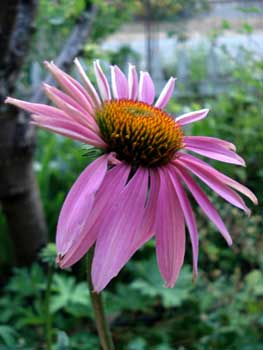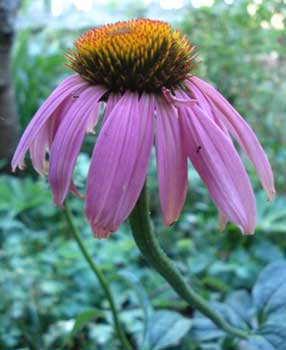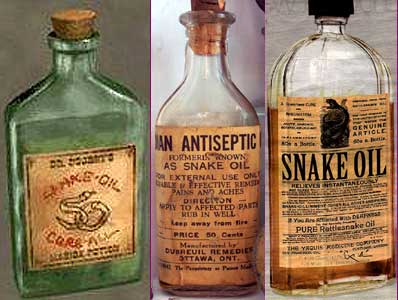
'Bravado' Purple Coneflower
"A garden is the best alternative therapy."
-Germaine Greer
(b.1939)
The unassuming cultivar Echinacea purpurea 'Bravado' is not all that different from the wild species. The flowers are advertised as "rosy red" but they're not even close to red. They start out an unusual pastel pink, but by the time the petals have reached their full width, the bloom is a richer pink verging into purple, with magenta cone that grows larger & darker as it matures.(b.1939)
 When I call it "unassuming" I mean only in comparison to longstanding standard cultivars, which are all quite showy as is 'Bravado.' It's just that 'Bravado' is similar to many other purple coneflowers.
When I call it "unassuming" I mean only in comparison to longstanding standard cultivars, which are all quite showy as is 'Bravado.' It's just that 'Bravado' is similar to many other purple coneflowers.
One catalog asserts it is a stand-out because the flower petals are held outward flat like a daisy, not drooping like the usual shuttlecock, but this most certainly is not true of the mature bloom, only of a young bloom. It's actual distinction is a greater level of pastel than for, say, such old standards as 'Magnus.'
It's a vigorous strain that with plenty of sun & occasional watering through summer grows rapidly & blooms formidably July to first frost or later, to October easily here on Puget Sound.
The clump of basal foliage only rarely exceeds a foot in height. The flower stems are three feet or even taller. A small clump will be a large clump in three years, & can be divided either spring or autumn. Excellent for the xeriscape garden, low-maintance mixed border, cutting garden, or containers.
Echinaceas are native wildflowers of the American plains. They provided the original "snake oil medicine" when it became a patent medicine, the first one called Meyer's Blood Purifier, with many imitations to follow, all telling pretty much the same folkloric tale of Indian herbal wisdom, poppycock still to this day repeated as gospel.
 Pioneering con-artist Joseph Meyer took his wagon of wares from town to town thoughout the west, claiming his tincture of Echinacea was a secret remedy given to him by the Plains Indians.
Pioneering con-artist Joseph Meyer took his wagon of wares from town to town thoughout the west, claiming his tincture of Echinacea was a secret remedy given to him by the Plains Indians.His carnival act on the back of his wagon included teasing rattlesnakes until they struck at him (he'd secretly defanged them) then he'd rub Echinacea on the bite as proof of efficacy before offering the mesmerized audience bottles for sale.
Shown at the far left is a vintage bottle labeled "Snake Oil Cure-All," as bottled by Meyer himself. There were many imitators, including The Yaquis Medicine Company of San Francisco with their "Genuine Article Snake Oil," a cure for Reumatism, Toothache, & Deafness; or Dubreuil's "Indian Antiseptic Formerly Known as Snake Oil" for Pains & Aches.
To this day one sees the boldfaced assertion that Echinacea was the most commonly used medicine among plains Indians, for every conceivable ailment. Medicine show flimflam artists made this assertion such popular knowledge that remains in the public consciousness, even though the medicine shows themselves are forgotten.
Under new packaging Echinacea remains a staple of the snake oil industry, today called alternative medicine or herbalism. Dispite that double-blind study after double-blind study has shown echinacea in particular to be no more effective than a placebo for any of the many things, such as the common cold, it is supposed to relieve, it continues to generate millions upon millions of dollars seasonally.
Willing dupes are eagerly convinced that scientific medicine is piffle but money-grubbing fruitcakes, quackpots, random vendors, & outright frauds really are passing on mystical magical herbal wisdom -- not fabricated by sideshow swindlers but by romantically reinvented first peoples.
A typical modern-day advertisement for Echinacea states categorically that it definitely is "one of nature's most powerful natural antibiotics" & it "stimulates the body's resistance to infection, diseases, fever & blood poisoning," though it does none of these things. And the same ad includes a small-type paragraph under the "disclaimer" label, noting just as categorically, "Statements herein for herbal extract is intended for educational purposes only & not intended to diagnose, cure, treat, or prevent disease."
The disclaimer is so they can't be arrested for pretending it¼s a medicine even while pretending it is, or sued by the ignorant rubes who rely on it as as "nature's potent antibiotic" since if the dupe decides to sue the vendor can point to the fact that they already told you they were lying their asses off. For crine out loud, the ad really does assert itself a cure all, then in the disclaimer they all but admit we're lying our asses off, don't believe a word of it! & even so "believers" just want it to be true.
Instead of wasting money on phony curatives, get the living plant for your garden. Pondering its beauty will do you so much more good than taking it internally.
Continue to:
'Razzmatazz' Echinacea